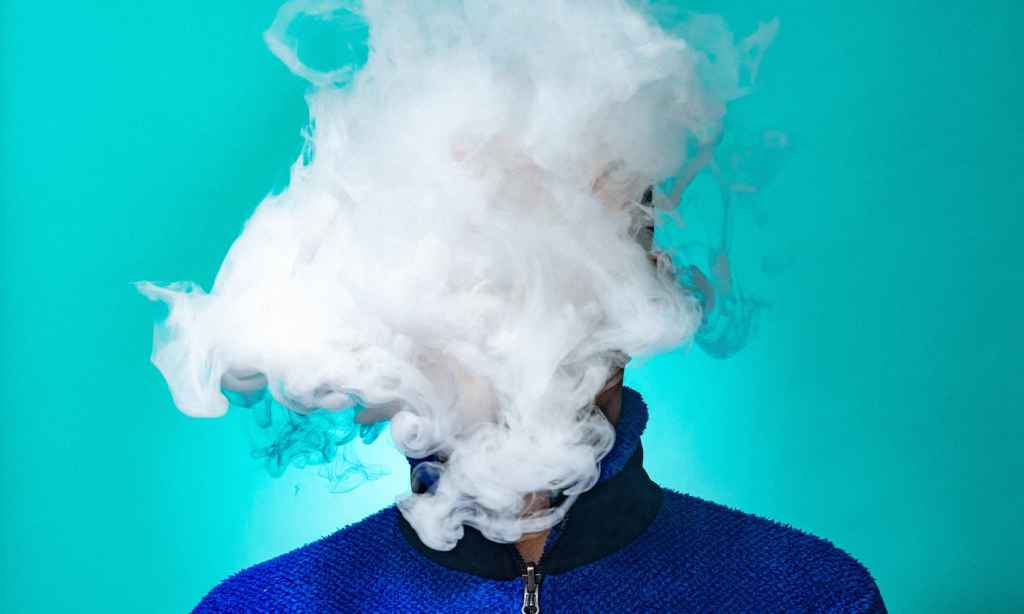If you’re someone who enjoys a cheeky suck on a mysteriously-sourced fruity nicotine tube, those days could well be numbered.
The Guardian has revealed that the federal government is set to launch a national anti-vaping crackdown in response to what they see as a dangerous and unprecedented rise in the numbers of young people experiencing nicotine addiction.
“The former government dropped the ball on vaping,” Health Minister Mark Butler told Guardian Australia. “Our children are paying the price for that division and delay.”
Vaping is already illegal, unless you have a difficult-to-obtain prescription from a medical practitioner. However, that hasn’t stopped virtually every corner shop in the country from selling unregulated, disposable vaping devices containing nicotine and a number of unknown chemicals.
The disposable devices create an atomised mist of nicotine and flavour chemicals which are inhaled and were originally designed to get people off cigarettes. Evidence suggests that they are more effective at doing so than any other treatment method out there.
However, the issue that seems to be driving to government’s response is young people — particularly teenagers who have no prior history of tobacco use — picking up the habit.
November 30, 2022, marks 10 years since the Australian government first introduced plain packaging for cigarettes, the first country in the world to do so. This, combined with prominent public health campaigns and high taxes on tobacco, is thought to have reduced Australia’s dependence on nicotine. What campaigners and health bodies are worried about is the reversal of this progress.
The government is therefore launching a public consultation process with Australia’s medicines regulator, the Therapeutic Goods Administration, to figure out how to tighten restrictions on vaping.
The Guardian reports that these restrictions are likely to include a “blanket ban on the import of nicotine vaping products” as well as much tougher measures on the advertising of tobacco and nicotine products to young people on social media.
Earlier this year, a review conducted by researchers at the Australian National University Centre for Epidemiology and Population Health found “conclusive evidence” that vaping devices cause poisoning, injuries, burns, and even seizures. They are also highly addictive, the government-funded review stated.
In response to this, the Australian Council on Smoking and Health called for a total ban of the sale of vapes in Australia.
“The Risks Are Exaggerated”
Dr Colin Mendelsohn, Founding Chairman of the Australian Tobacco Harm Reduction Association and author of the book Stop Smoking, Start Vaping has hit back at the government’s claims, saying the Guardian article is shockingly unbalanced.
“Youth vaping is a legitimate concern which can be reduced by good regulation, but the risks are exaggerated,” Mendelsohn told The Latch.
“Kids should be discouraged from smoking and vaping, but some will experiment, whatever we tell them”.
Mendelsohn said that most young people who try vaping are already smokers, or would become smokers. “Vaping for them is likely to be beneficial,” he said.
He added that there is “no good evidence” that vaping is a gateway drug to smoking cigarettes and that evidence from the US indicates as vaping rates increase, smoking rates decline.
In evidence, Mendelsohn cites the UK Royal College of Physicians, the UK Royal Society for Public Health, and Public Health England, all of whom have written that nicotine, when used in the doses vaping delivers, is relatively benign.
With the Australian government looking likely to attempt to outright ban the importation of vaping devices, Mendelsohn has called for Australia to join other Western countries and sell vapes through a regulated model like we do cigarettes and alcohol. This would include pharmacies and specialist vape retailers who can advise on proper and safe usage and restrict access to people under the age of 18.
The issues with the current model appear to be creating more harm than they solve for a relatively harmless product, he said.
“Regulation of nicotine vaping products should be risk-proportionate. They imply the problem is the industry, but the industry is compliant. The problem is the black market created by de facto prohibition”.
Related: Why Are So Many Young People Taking Up Vaping? The Answers Are Foggy at Best
Related: The Great De-Vape: Just How Dangerous Is Vaping Anyway?
Read more stories from The Latch and subscribe to our email newsletter.

